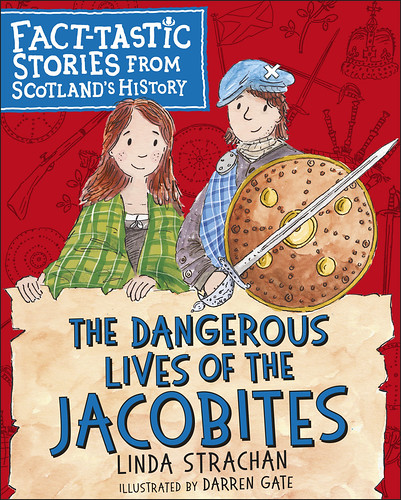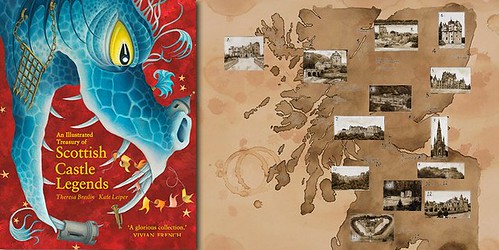I was quite tickled to discover vigilante dentists in the book I was reading in the dentist’s waiting room this week. It was by Steve Cole, so not all that unlikely. I require books when in waiting rooms. It deals with the nerves. But I had nothing I’d started on this time, and it can be hard to open up a new novel in a waiting room situation. Because you just don’t know, do you? So I grabbed Steve’s latest, reckoning I’d be safe with him.
Wasn’t sure if I’d been sent this book for having been so positive about the first one in the series, or if I just look like a Steve Cole fan.
But these days I have shopping lists for books. It used to be I’d want the odd book I’d not been sent, and I’d maybe buy it if temptation got the better of me. Now I’m resorting to lists of books I want to read. The main reason for not having dealt with my current list yet is that I’ve not had time to shop, or felt I’ve had lots of time for reading. It’s not that I’m not wanting to read these books.
I even want a copy of Good Omens, despite having already bought one, over ten years ago. I pressed it into the hands of Son, and that was it. Now I want my own copy.
There are far too many top choices in books that publishers are being quite sparing with. Malorie Blackman’s new book was offered on Netgalley to a limited number of readers. Adrian McKinty’s golden new crime novel is proving impossible to hunt down. And so it goes.
Bad for the image of the blogger who not only gets everything free, but makes money from their blogging. WordPress are quite insistent that I want, need, their professional upgrade. Not so much to spread the word, but to make money for ‘my business.’ And I thought I was merely writing for pleasure…
I admit I’m tempted sometimes. But then I remember that with the lesser paid-for options you don’t even get snow in December. I almost cried last winter when the snow failed to fall on Bookwitch.





